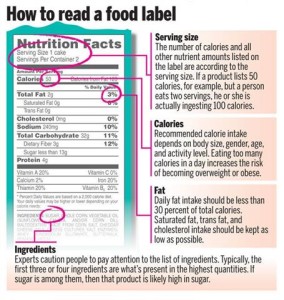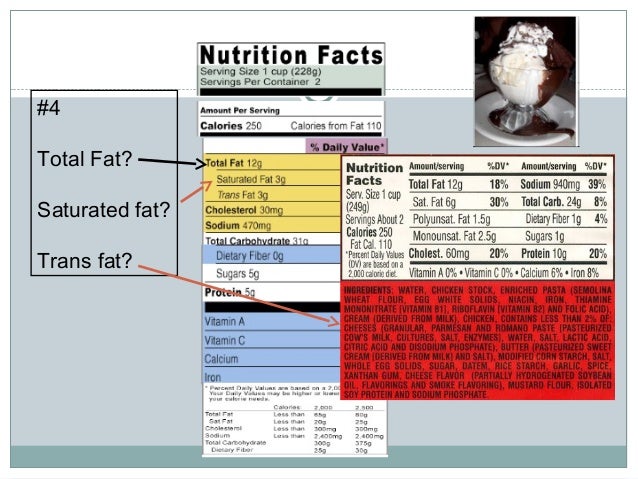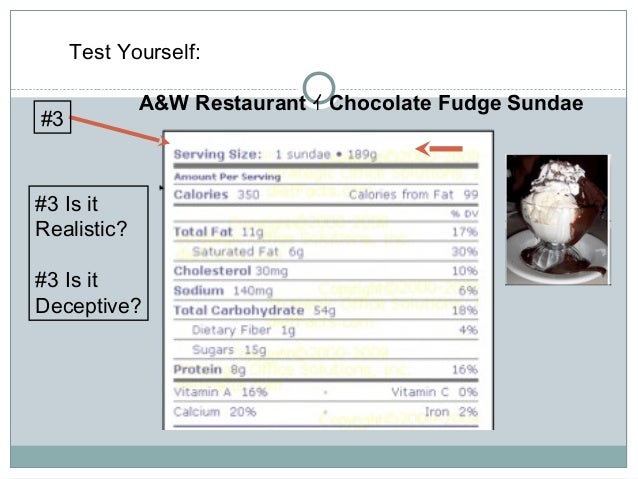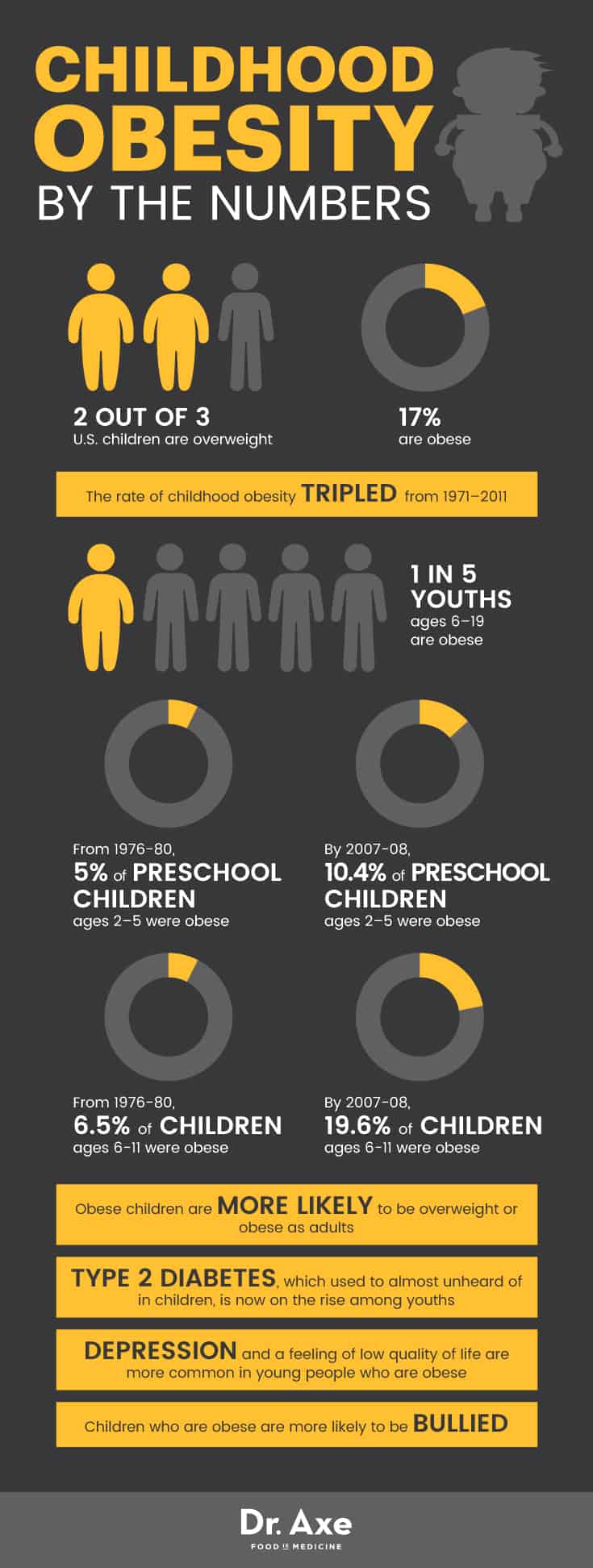44 reading food labels for weight loss
Reading Food Labels For Weight Loss Success | WeightLoss.org The biggest benefit to reading labels is how it all adds into a tailored weight loss diet. Maybe you are not allowed to eat sugars. Maybe you have been directed to eat a specified amount of carbohydrates per one gram of protein. The labels are here to your rescue. Some food labels have even taken on a color-coding scheme. Green means good to go for weight loss success. How To Read a Nutrition Label for Bariatric Surgery & Weight Loss Look at protein in grams. This will tell you the amount of protein in one serving. As a bariatric patient, you should aim to consume about 20-30 g per meal, and 10-15 g per snack from all food sources combined. The recommendation for most bariatric patients is to consume between 60 and 80 grams per day of protein.
How to Read Food Labels to Support your Health and Weight Loss Journey ... "A typical food label is based on a 200-pound male who eats 2,000 calories a day," says Dr. Otarod. "For someone that eats less than 2000 calories a day, the percentage would change." Sugar. Another important nutrient to keep under control in your daily nutrition is sugar. "Look at the natural versus added sugars when you read food labels," says Cartwright. "And remember that added sugars are worse than natural sugars.
Reading food labels for weight loss
How To Read Food Labels - Pritikin Weight Loss Resort Your best bet: Look at the ingredient list. Try to avoid foods with added, refined caloric sweeteners in the first three to five ingredients. Because ingredients are listed in descending order of weight, the lower down the label you find added sugars, the better. 10. Make sure that any grain is WHOLE grain, such as whole-wheat flour. Understanding Food Labels Made Easy - Weight Loss Resources The Traffic Light Scheme Provides a colour code for four main nutrients we should eat less of - fat, saturates, sugars and salt - based on traffic light colours. The colours are worked out by looking at the nutrient content per 100g of the food: green indicates a low content, amber a medium content and red a high content. Differences in consumer use of food labels by weight loss strategies ... In addition, adults trying to lose weight may be more likely to use food labels as a guide to healthier choices. Prior research suggests that among adults trying to lose weight, two of the most common weight-loss strategies are eating fewer calories and eating less fat [12].
Reading food labels for weight loss. How to Read Nutrition Labels for Weight Loss and Health What to look for on nutrition labels for health and weight loss Fruit and vegetables. Choose no added salt and sugar varieties of canned fruit and vegetables. Breads and Cereals. Drinks. Don't forget that drinks have calories as well. Find out which are the best weight loss drinks. Fats and oils. ... Reading food labels & nutrition panel - Diabetes Queensland Reading food labels When choosing packaged food, choose products with: lower energy (kilojoules) if you are trying to lose weight lower total and saturated fat lower sugar lower sodium higher fibre Every food label tells a story and the Nutrition Information Panel simply gives you the facts. Reading Nutrition Labels after Bariatric Surgery Just after weight loss surgery, you'll need to eat less than 50 grams of carbohydrates per day. This number can increase gradually for patients of bypass, band and sleeve, but will remain indefinitely after DS surgery. ... Now that you know how to read food labels, you can use them to ensure that the foods you eat will fit your bariatric ... Understanding food labels 101 - Heart Foundation Making a habit of always reading food labels and understanding what they mean will soon become second-nature with this 2-step guide below. ... and help with weight and appetite control. The recommended daily intake is 25g for women and 38g for men. Aim for 3g or more per serving on a food label and always include high fibre food items on your ...
How to Read Food Labels Without Being Tricked - Healthline Nutrition labels state how many calories and nutrients are in a standard amount of the product — often a suggested single serving. However, these serving sizes are frequently much smaller than what... How to read Nutrition labels and why they are important If your label has 20g of fat, 50g of carbs and very little protein, avoid it! Each meal should reflect all macronutrients (protein, carbs and fats) and have a good balance. Think Protein 40%, Carbs 40% and fats 20%. Try to eat at least 1g of protein for every pound that you weigh. (i.e, if you weigh 150 pounds, try to eat 150g of protein). Look For This On A Nutrition Label If You're Trying To Lose Weight - Delish Sodium. Sodium can cause the body to retain water, making the number on the scale appear much higher than it might actually be. If you want to avoid the dreaded water weight, look for less than ... Food Label Claims: What You Can and Can't Trust - WebMD Gluten-Free. This label is important for people with gluten sensitivity or celiac disease, an autoimmune condition. There is no FDA symbol for this standard. But you can trust a gluten-free claim ...
How To Read The Food Labels for Weight Loss - Sarah Williams Nutrition How To Read The Food Labels for Weight Loss Macronutrients, just quickly. I go in more detail in THIS article. Fat Content What are Total Carbs? PROTEIN!!! Other Things To Consider Understanding Food Labels: A Guide for People That Want to Lose Weight Look at the amounts circled in orange in the footnote-these are the Daily Values (DV) for each nutrient listed. DVs in the footnote are based on a 2,000 or 2,500 calorie diet which are the recommended levels of your daily intakes. 6. Quick Guide to Percent Daily Value. 5%DV or less is low and 20%DV or more is high. How to read food labels | healthdirect To lose weight, you need to eat and drink fewer kilojoules (kJ) than you use. You should limit your intake of discretionary or junk foods — i.e. those that have more than 600kJ per serve. ... Home / Top Tips for Low Gi Living / Reading Food Labels Reading Food Labels To help work out the amount of carbohydrates (or number of exchanges) in a ... How to Read Food Labels for Weight Loss | Central Ohio Nutrition Center When you are trying to lose weight or maintain a healthy weight, reading food labels properly is an essential skill. Reading a food label not only tells you how many calories you are consuming when you eat a particular
How Reading Food Labels Can Help You Increase Fat Loss, Have More Energy and Feel Healthy for Life
Learn How to Read Food Labels for Weight Loss | Diet Doc Multiply the serving size by the actual amount you consumed to figure out the nutritional value of what you actually ate, not what the serving size suggested. Learning how to read food labels is imperative to understanding nutrition facts and how to choose the healthiest options, especially if you are trying to lose weight.
How to understand food labels - Eat For Health Sometimes labels will include nutrition content claims like 'low fat', 'reduced salt' or 'high fibre'. These claims can only be used if the food meets certain criteria. For example, with a 'good source of calcium' claim, the food must contain more than a set amount of calcium. While nutrition content claims can generally guide ...
Printable Materials and Handouts | Nutrition.gov Move Your Way Fact Sheets and Posters. HHS, Office of Disease Prevention and Health Promotion. Print and share these fact sheets and posters to help people learn key recommendations from the Physical Activity Guidelines. Find materials for adults, older adults, parents and kids, and during and after pregnancy.
How To Read Food and Beverage Labels | National Institute on Aging For more information about food labels USDA MyPlate 703-305-2060 U.S. Department of Health and Human Services 877-696-6775 U.S. Food and Drug Administration 888-463-6332 druginfo@fda.hhs.gov This content is provided by the NIH National Institute on Aging (NIA).
Learn How to Get the Most Information from Food Labels This makes calories easy to look for when reading food labels for weight loss or healthy eating. Nutrients The following nutrients are shown on the Nutrition Facts label: • Total Fat - Saturated Fat - Trans Fat • Cholesterol • Sodium • Total Carbohydrates - Fiber - Total Sugar - Includes added sugar • Protein • Vitamin D • Calcium • Iron
How to Read Nutrition Labels - Verywell Fit When you read the nutrition label, first check the total number of fat grams (red arrows) in the food. Then check the numbers below (yellow arrows) for further information. Saturated fat : While saturated fat may not be as bad for our bodies as previously thought, most experts still recommend that you eat less saturated fat and more polyunsaturated fat or monounsaturated fat for good health.
Reading Nutrition Labels for Weight Loss - Roundabout Meal Prep Step 1: Start at the Top of the Nutrition Label Step number one is to start at the top of the label and check the serving size of the food item. This is one of the most important parts of the label to check because this can quickly change the actual amounts on this label. Many times, labels will say that one serving is only half the item.
Are These Sneaky Food Labels Sabotaging Your Weight Loss Journey?.. There are also a lot of products that are labeled with 'reduced fat'. There are tons of products with this label, peanut butter being a big one. However a reduced fat products has to add in something to compensate for that lack of flavor. The usual additive is sugar.
A dietitian explains how to read food labels | Health24 Here are some tips to help you use food labels to make better choices: 1. First look at the ingredient list. The ingredients in a food product are listed in order of weight, with the largest quantity first. If a product has an ingredient that you are trying to cut down on on top of the list, you will know that it contains more of this ...
Food label reading: Read before you eat - PMC In our study, 57.7% consumers "don't understand" the food labels, whereas 39.7% "partially understand" the food labels information. Nutrition labels typically contain information on calories, serving size, and amounts and/or daily values of several macronutrients, vitamins, and minerals (e.g., fats, carbohydrate, and calcium).
How to read food labels and make better choices for weight loss Knowing how to read food labels and check for fiber content can ensure you're getting enough each day. Women should aim for at least 21 to 25 grams of fiber a day, and men should shoot for 30 to 38 grams a day. ( Here's a handy list of fruits, vegetables, and other foods along with their amount of total fiber.) Do I need to buy organic?
Differences in consumer use of food labels by weight loss strategies ... In addition, adults trying to lose weight may be more likely to use food labels as a guide to healthier choices. Prior research suggests that among adults trying to lose weight, two of the most common weight-loss strategies are eating fewer calories and eating less fat [12].
Understanding Food Labels Made Easy - Weight Loss Resources The Traffic Light Scheme Provides a colour code for four main nutrients we should eat less of - fat, saturates, sugars and salt - based on traffic light colours. The colours are worked out by looking at the nutrient content per 100g of the food: green indicates a low content, amber a medium content and red a high content.

Read Food Product Labels to Help Achieve Weight Loss Goals | Worldhealth.net Anti-Aging News
How To Read Food Labels - Pritikin Weight Loss Resort Your best bet: Look at the ingredient list. Try to avoid foods with added, refined caloric sweeteners in the first three to five ingredients. Because ingredients are listed in descending order of weight, the lower down the label you find added sugars, the better. 10. Make sure that any grain is WHOLE grain, such as whole-wheat flour.












Post a Comment for "44 reading food labels for weight loss"